UTPA - ULTRASONIC PHASED ARRAY
Phased Array method is the state-of-the-art way of testing technical parts by ultrasound. Phased Array method basically corresponds to the publicly well know medical method of ultrasound testing, generally known as a “sono” medical treatment.
Phased Array method provides up-to-date and comprehensive perspective on possible defects inside the tested object. Thanks to the incorporating multiple active elements (transducers), of which the probe consists, it is possible to significantly influence the final shape of the ultrasound waves, which can be directed in different directions and focuded into a spot of interest. The individual generated ultrasound waves are subsequently software-composed into the form of various 2-D or 3-D images, which allows a comprehensive view on defects distribution in the tested material. Thanks to this comprehensive perspective, in contrast to the common ultrasound testing, it is possible to assess with relatively high accuracy the real sizes of defects, as well as their mutual position and orientation. This significantly increases the measurement validity and eliminates the effect of underestimating or overestimating the severity of defects, as a result of which some critical defects might be omitted or, conversely, some defects might be unnecessarily marked as unsatisfactory.
Phased Array testing can also be done in a semi-automated or fully-automated mode, in which all data captured during the measurement is stored and thus available for off-line evaluation and generating images for the purpose of their presentation in technical reports. Thanks to the possibility to store the measured data, the data from different time periods can be compared against each other and further evaluated with the aim to assess their possible growth. This is especially useful for the defects that do not need to be immediately repaired or that cannot be repaired from various reasons at all.
The most common applications of Phased Array method are: testing of welded joints (from a thickness of 4 mm), testing of the parts with difficult geometry, assessing the defects with respect to their real dimensions, comprehensive corrosion mapping.
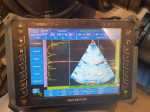 |
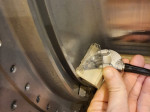 |
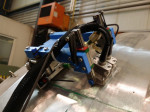 |
 |
 |
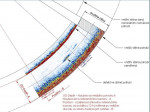 |
 |
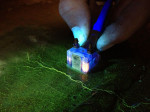 |
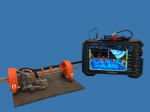 |




